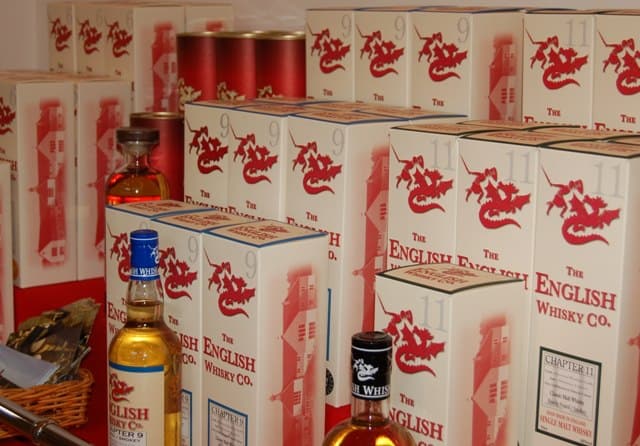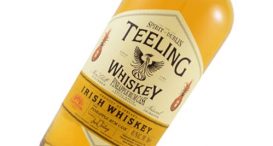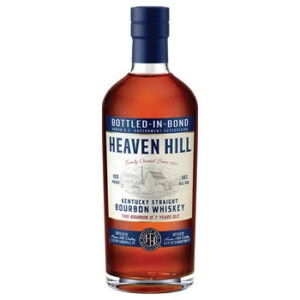A focus on English Whisky
let’s begin
England may not have a distilling history that is as lucrative as its neighbours in Scotland and Ireland, but it does have an interesting story to tell, and one that certainly has a bright future.
Unknown Beginnings
The English Whisky movement probably began around the same time as the first drams were being distilled in Scotland but there is not a lot of evidence to show this. Unlike in Scotland, where there are references made in tax books, England has little to go on.
The most solid evidence of distilling in England is in a book from 1887, titled “Whisky Distilleries of the United Kingdom”, Alfred Barnard lists 4 distilleries that he visited in England.
He states that there were in fact 10 distilleries at the time, but the other 6 of these were probably making commercial alcohol rather than consumable alcohol.
The four he lists are Bristol Distillery, Bank Hall Distillery (in Liverpool)Lea Valley Distillery (in London) and Vauxhall Distillery (in Liverpool). These produced a mix of grain and malt Whisky and some had been around since the 1700s, including Vauxhall and Bristol.
The Last Distillery Standing
Unfortunately, this all changed when Lea Valley Distillery closed its doors in 1905. At the time, it was the last remaining English Whisky company and was owned by Distillers Company Limited, who are now known as Diageo.
Today however, things have improved for the English Whisky market, with a total of 14 distilleries either opened already, or on their way.
With a surge in interest in Whisky the world over, it is not completely surprising that people would embrace the gap in the market and begin producing English Whisky.
Revival
The most notable of these, for the time being at least, are Hicks & Healey, who have been established since 2003, St. George’s Distillery, established 2009 and Adnams, established in 2010.
Some other names, such as The Lakes Distillery, The Cotswolds Distillery and The London Distillery Company, have not been around as long, but are certainly giving their older competitors a run for their money.
Other new distilleries to be on the look out for include Cooper King, Bimber Distillery, the Spirit of Yorkshire Distillery, the East London Liquor Co. and the Isle of Wight Distillery.
So while there may not be a long history to English Whisky, there is certainly a very long future.
Typical Flavour Profile of English Whisky
English Whiskies tend to be packed full of fruit, with lots of citrus and summer berries. There is also a tendency towards malted flavours, like cereals and biscuits, with a nice tang and sharpness to the fruit that accompanies it. Their peated offerings and not as thick as some of Scotland’s, but have a lightness and sweetness to them.
















4 thoughts on “A focus on English Whisky”